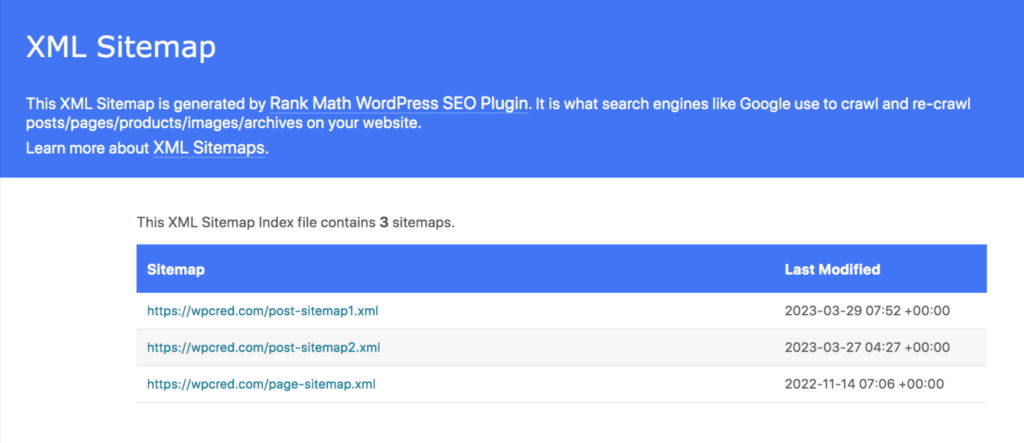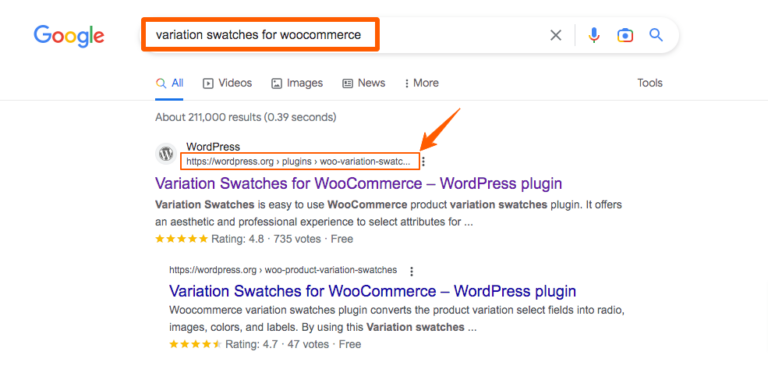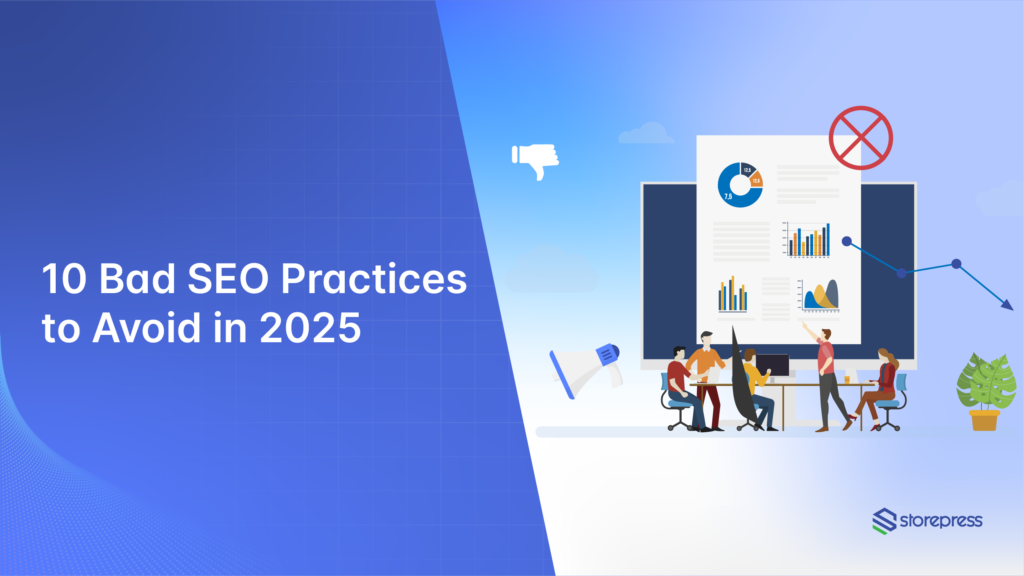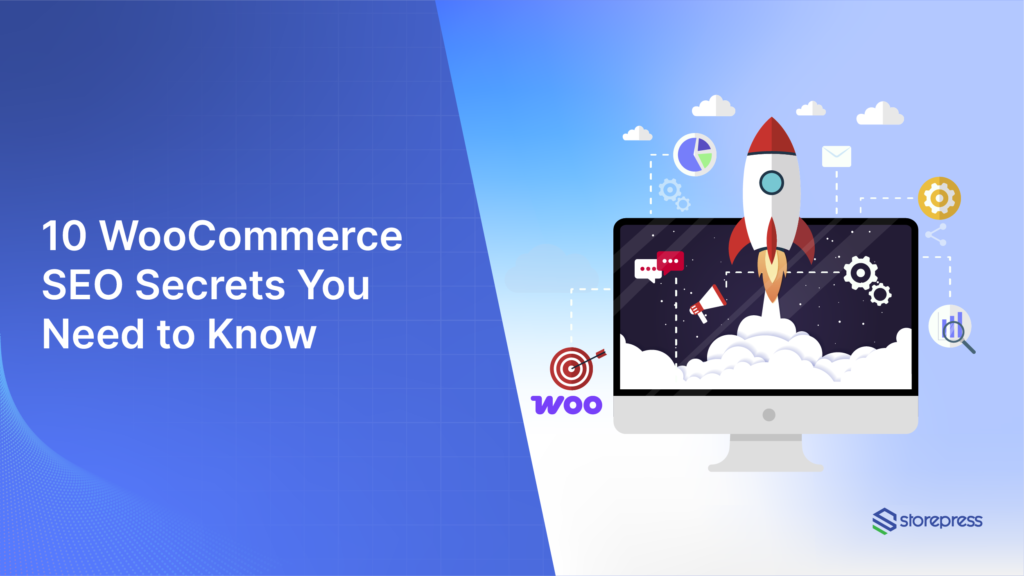Some SEO mistakes can seriously hurt your website—lower rankings, reduced traffic, and a drop in domain authority. Sounds worrying, right? But don’t stress!
In this article, we’ll walk you through the bad SEO practices that can negatively impact your site and, more importantly, how to fix them.
Search engine algorithms are constantly evolving, and if you want to stay ahead in 2025, you need to keep up with these changes. Some outdated tactics might seem helpful but could actually be doing more harm than good.
Let’s dive into the SEO mistakes you should avoid this year to keep your site performing at its best!
Bad SEO Practices to Avoid
1. Using ChatGPT or ChatBots
AI-generated content became a huge trend, with many websites using chatbots to write articles. However, Google’s latest algorithm updates now prioritize high-quality, human-written content.
This means websites that rely too heavily on AI-generated content have seen major drops in traffic, with some even disappearing from search results. To ensure your site stays strong, focus on original, well-crafted content that provides real value to your audience.
If you’re considering AI for content creation, use it as a tool for inspiration rather than a complete writing solution. A balanced approach will keep your website thriving!
2. Not Using Experts to Create A Content
When it comes to SEO, content quality is key—but it’s not just about well-written articles. Google also considers who is writing the content. Blogs authored by verified experts tend to rank higher, while hiding author details, using fake profiles, or listing unqualified authors can hurt your rankings.
This is especially important in fields like health, finance, and technology. No matter how detailed or insightful your article is, Google prioritizes content from recognized professionals. For example, a health article written by a certified doctor will always outrank one from a non-medical writer.
So, if you want your content to perform well, make sure it’s backed by real expertise!
3. Having Spammy Backlinks
Backlinks are great for boosting your website’s domain authority, but that doesn’t mean you should go out and buy a bunch of them. If your site has too many backlinks from irrelevant or spammy sources, it can actually do more harm than good.
In fact, Google has been cracking down on low-quality sites with spammy backlinks, making it harder for them to rank. So, if you’ve purchased links or unknowingly built connections with shady websites, it’s time to clean them up.
You can use Google’s disavow tool, but don’t overuse it—Google itself advises caution. Only disavow backlinks from adult or betting sites, and for other spammy links, try reaching out to website owners to have them removed. Keeping your backlink profile clean is the best way to stay on Google’s good side!
4. Cloaking
Cloaking is a sneaky SEO trick where a website shows one version of content to visitors and a different one to search engines, all in an attempt to rank higher. But here’s the thing—Google isn’t a fan of being tricked.
While it might seem like a quick way to boost rankings, it’s a risky move that can seriously hurt your site in the long run. Once you lose Google’s trust, winning it back is no easy task. So, it’s always better to play fair and focus on genuine SEO strategies that keep your site in good standing!
5. Using Irrelevant Keywords
One of the biggest mistakes you can make for your website is targeting the wrong keywords. Sure, a keyword with high search volume might seem tempting, but if it’s not relevant to your content, it’ll do more harm than good.
Visitors will leave your site quickly, increasing your bounce rate and hurting your rankings. And here’s the kicker—Google will eventually catch on and penalize your site for misleading users. So, instead of chasing high-volume keywords, focus on the ones that truly match your content. It’ll pay off in the long run!
6. Not Using Structured Data
Structured data is like a guidebook for Google—it helps search engines understand what your content is all about. Whether it’s a blog post, a product page, or any other type of content, structured data tells Google exactly what’s on your site.
Plus, it’s not just for search engines! It also makes it easier for visitors to navigate your website, helping them find what they’re looking for and explore more of your content. So, if you want better visibility and a smoother user experience, structured data is definitely worth setting up!
7. Not Having a Sitemap
Think of a sitemap as a roadmap—but not for visitors, for search engine bots! It helps them navigate your site, crawl its pages, and index everything properly. Without a sitemap, search engines might miss important pages, making it harder for your site to show up in search results.
The good news? Adding a sitemap is super easy and takes just a minute. If you’re unsure whether your site has one, you can use a sitemap tester to check. And if you need one, you can quickly generate it online and add it to your site for better indexing!

8. Not Having a Clear URL Structure
A lot of people overlook URL structure, but it actually plays a big role in SEO. Search engines don’t just analyze your content—they also pay attention to your title and URL. So why not use that to your advantage?
Including your title or focus keyword in the URL helps search engines understand what your blog is about, making it easier to rank for the right terms. Plus, since Google now displays URLs in search results, having a clear and keyword-rich URL can improve your visibility even more!

9. Not Using 301 Redirects
Changing your post title or link might seem harmless, but it can actually confuse both visitors and search engines. If you update the link without proper setup, you could end up with a bunch of broken links, which isn’t great for your site’s SEO.
The good news? You can easily fix this by using 301 redirects. This way, even if you change the link, visitors and search engines will still find the right page without any issues. It keeps your site organized and ensures a smooth user experience!
10. Not Using a Content Delivery Network (CDN)
By using a CDN, your website can load from the server that’s closest to your visitor, which helps your site load much faster. Faster-loading websites tend to have lower bounce rates, and Google loves that because it sees low bounce rates as a sign of good content. So, if you’re not using a CDN, your site might be slower and could hurt your Google rankings.
Conclusion
These are the things to steer clear of in 2023. If you’re running into any issues while implementing them, feel free to reach out. We’re happy to help!
For better SEO, check out our WordPress SEO tips. And if you’re managing a WooCommerce site, don’t miss our WooCommerce SEO guide for even more insights!

